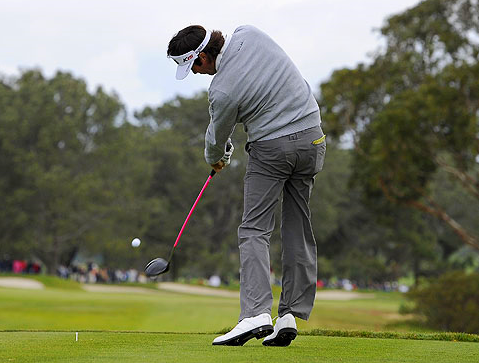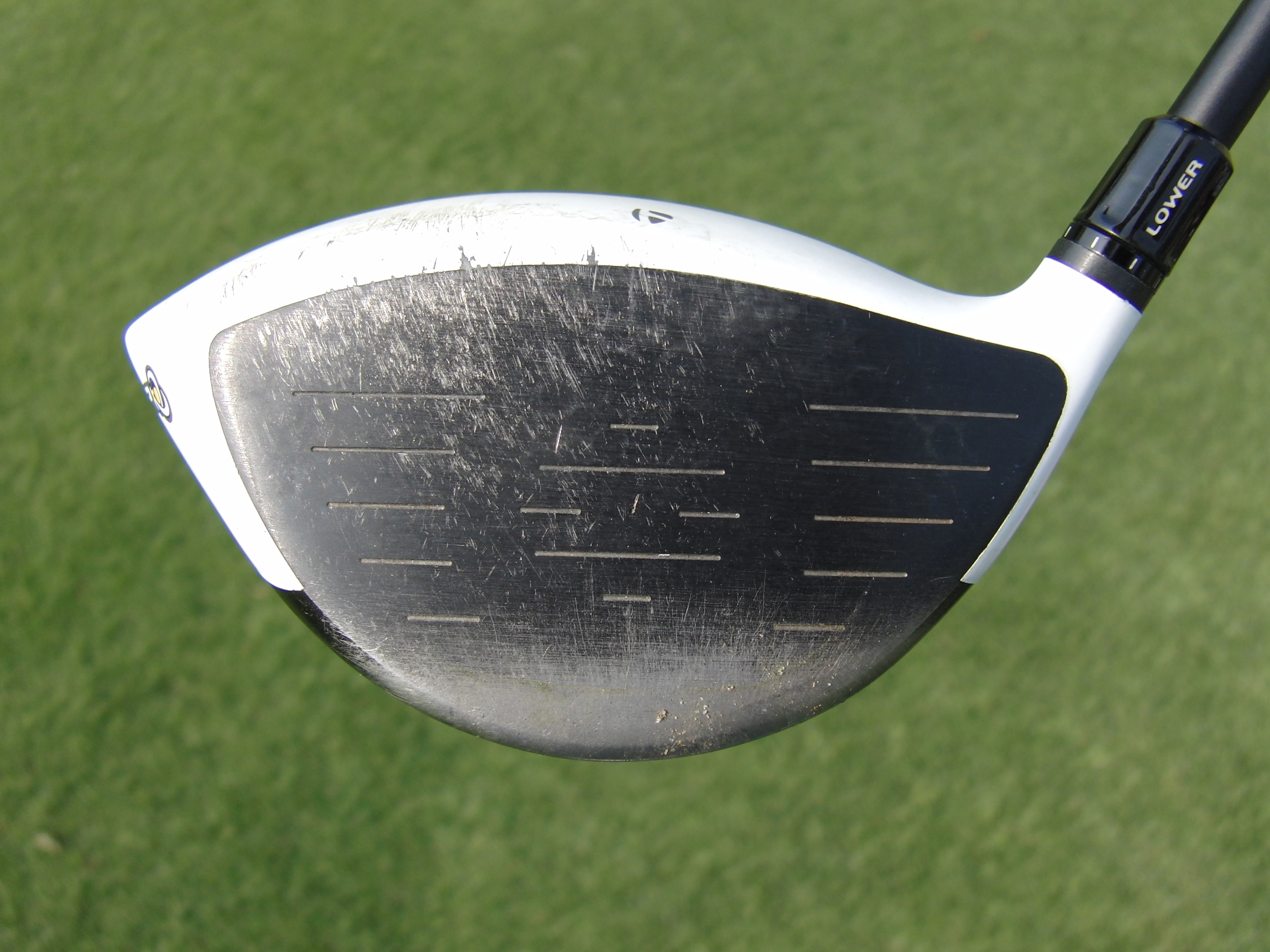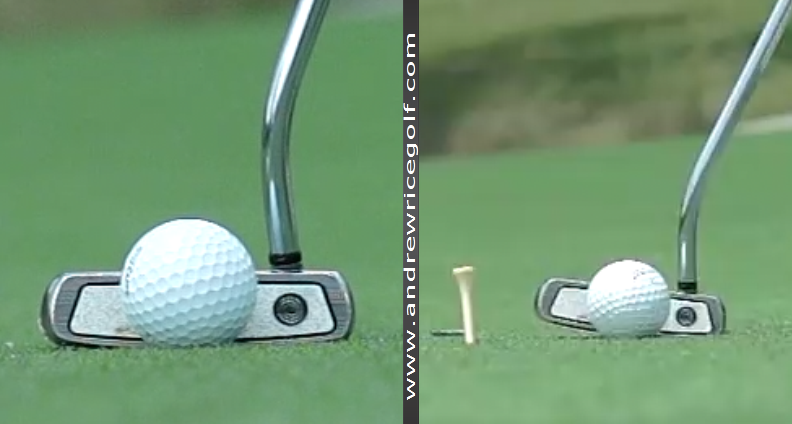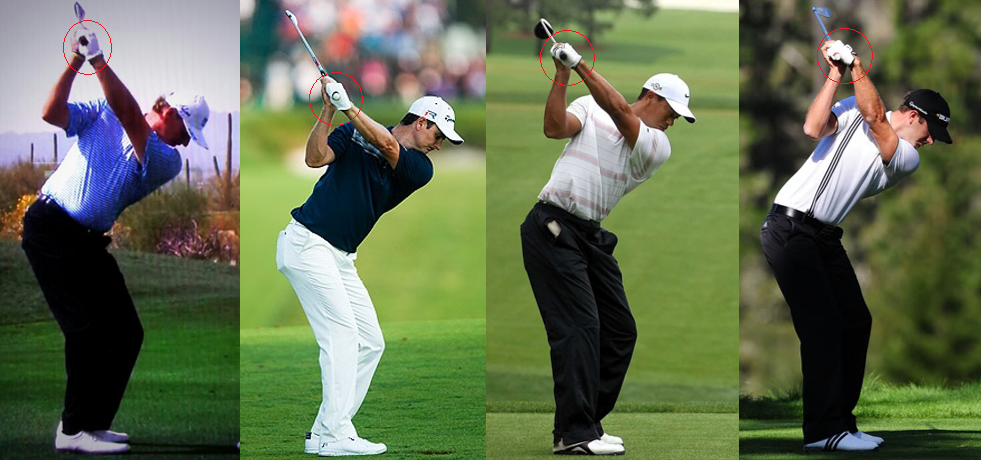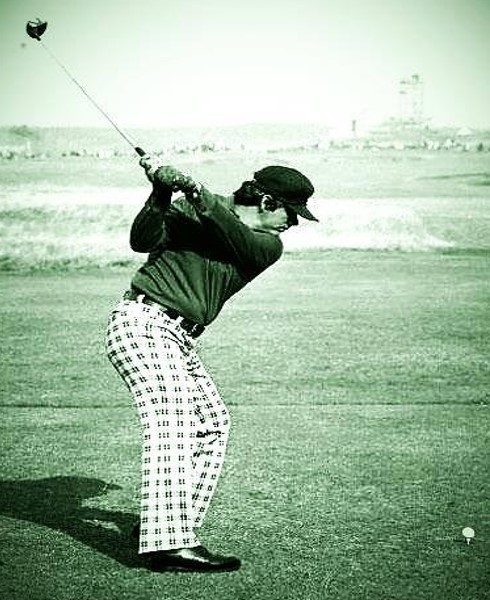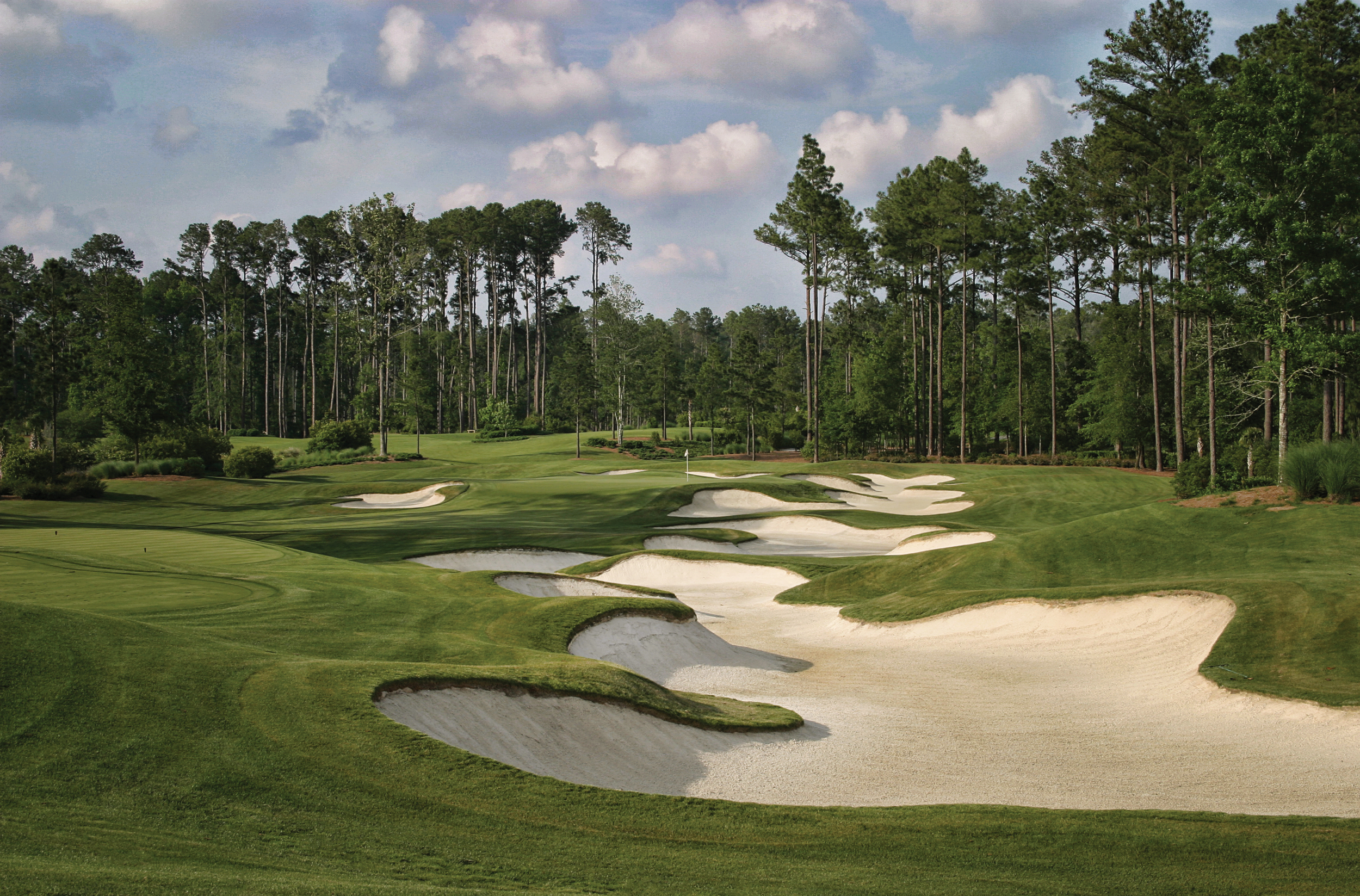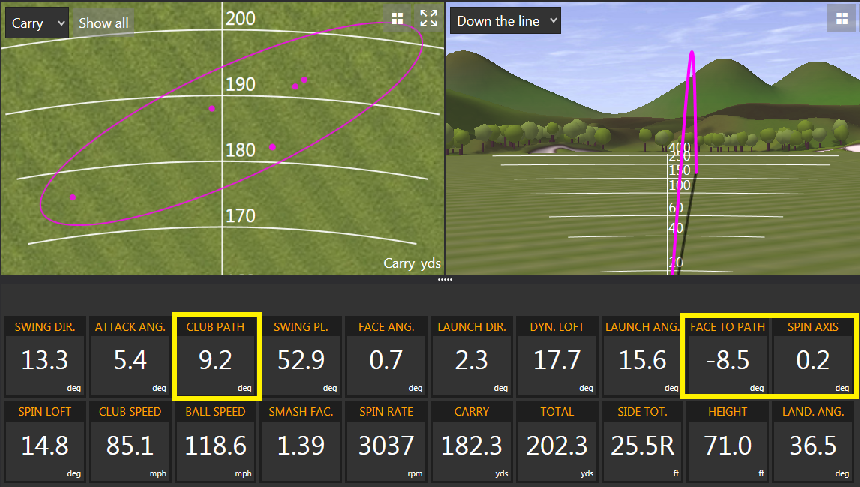Three Day Golf Schools for 2016
/I have had numerous people contacting me about plans for my schools in 2016 and I thought I had better get cracking and get the word out. Here you go!
DATES for 2016 GOLF SCHOOLS
- March 3-5
- March 10-12
- March 17-19
- March 31 - April 2
- April 7-9
- April 21-23
- April 28 - 30
- May 5-7
- May 19 - 21
- June 2-4
- June 23-25
- July 21-23
- August 18-20
- September 29 - October 1
- October 20-22
- November 3-5
- November 10-12
- December 1-3
All Golf Schools maintain a 4:1 student to instructor ratio. Contact our reservations director at terri@andrewricegolf.com for availability and further information. Please specify school dates that you're interested in.
For the full Three Day School itinerary and additional details please click HERE
This is the year! You've promised yourself you're going to do something about your golf game and you know that in order to upgrade the outcome you must upgrade the input. I invite you to come and spend three days with me at Berkeley Hall and let me help you understand exactly what your game needs in order to better enjoy your time out on the golf course.













